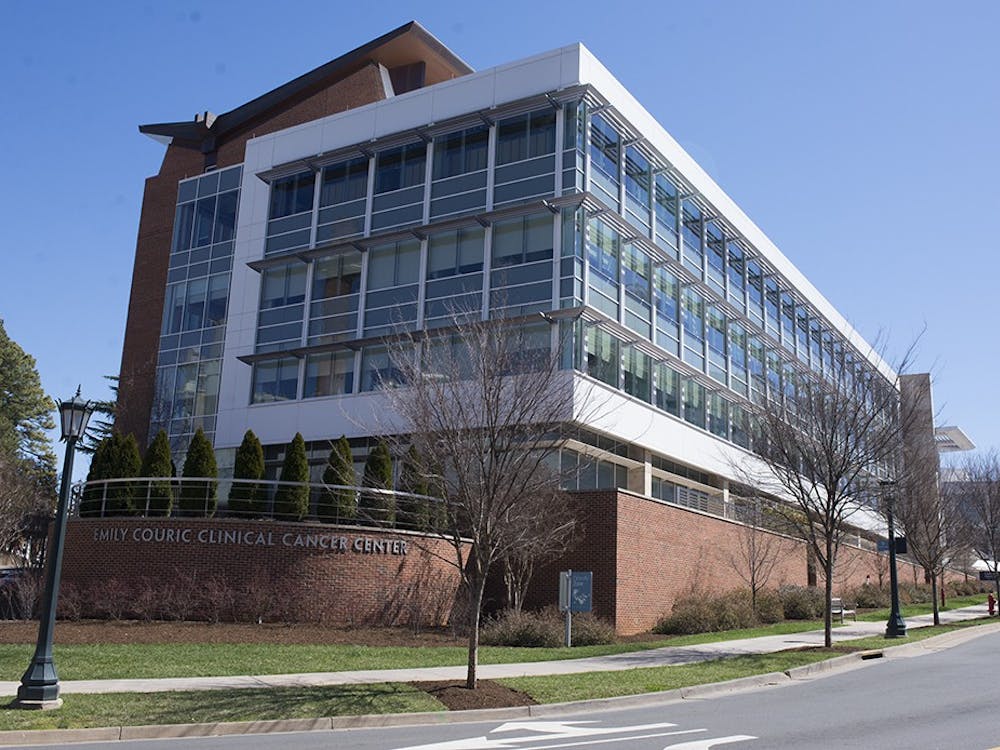The U.K. National Physical Laboratory's atomic clock has become nearly twice as accurate as before because of a better understanding of wave frequencies and the disturbances which cause those frequencies to shift. The clock loses or gains less than a second in 138 million years, which makes this clock the "standard second" that keeps the time for global communications, satellite navigation and surveying and time stamping for financial markets.
The clock operates through a cesium fountain, in which scientists throw 100 million cesium atoms through a cavity and then measure the energy required to change a property of cesium atoms know as a "spin." When 9,192,631,770 peaks and troughs of a wave of a spin flip occur, one second has passed. The color of the atoms, or the frequency, is adjusted until the atoms are seen to flip.
Frequency shifts which alter the standard second are interactions with external fields, clashes between atoms and the construction of subsystems such as the microwave cavities. NPL Project Leader Dr. Krzysztof Szamaniec told the BBC that scientists have decreased the margin of error by understanding and altering the clock's chemistry to avoid these physical effects.
-compiled by Fiza Hashmi




